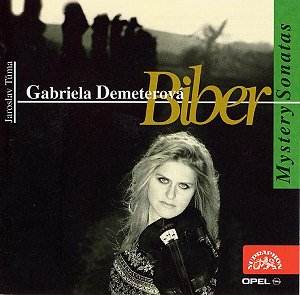 Composer: Gustav Mahler
Composer: Gustav Mahler
Works: Symphony No. 2 in C Minor “Resurrection”
Performers: Kathleen Ferrier (contralto), Joan Vincent (soprano), Concertgebouw Orchestra, Amsterdam, Toonkunstchoir, conducted by Otto Klemperer
Recording: Live performance at the Holland Festival, 6 July 1951
Label: Guild Immortal Performance Series GHCD 2210
Gustav Mahler’s Symphony No. 2, also known as the “Resurrection,” stands as a monumental work in the symphonic repertoire, encapsulating the composer’s exploration of life, death, and spiritual renewal. Premiered in 1895, this symphony reflects Mahler’s struggle with existential questions and his deep-seated belief in the possibility of redemption. The live performance reviewed here, conducted by Otto Klemperer and featuring the indelible Kathleen Ferrier, takes place at the Holland Festival, an event marked by innovative programming and a dedication to the arts.
Klemperer’s interpretation of the “Resurrection” is an embodiment of his characteristic grandeur and intensity. From the opening movement, the expansive orchestral textures unveil a landscape of tumult and yearning, expertly managed by the Concertgebouw Orchestra. The strings, with their robust yet nuanced sound, communicate both the fragility and the power of Mahler’s vision. The climactic moments are underscored by brass that does not merely blast but rather sings, allowing for a dialogue between the sections that feels both organic and deeply profound.
Ferrier’s contribution is nothing short of revelatory. Her contralto voice, rich and velvety, penetrates the orchestral fabric with both authority and tenderness. When she enters in the final movement, her rendering of the text strikes a balance between piety and passionate conviction, effectively summoning the work’s themes of resurrection and spiritual awakening. In contrast, Joan Vincent’s soprano passages, while commendable, do not achieve the same level of emotional gravitas, revealing a slight disparity in vocal prowess against Ferrier’s luminous artistry.
The sound quality of this recording, originating from transcription discs, has been faithfully preserved without modern electronic interference. While some might argue that the fidelity does not match contemporary standards, the warmth of the analog medium adds a layer of authenticity that speaks to the performance’s historical context. The clarity of the orchestral details remains impressive, with each instrumental voice discernible, allowing listeners to appreciate the intricate counterpoint that Mahler so expertly weaves throughout the symphony.
In comparison to Klemperer’s later studio recording, this live performance pulsates with a spontaneity that is often lost in polished studio settings. The long finale, with its fervent choral contributions, showcases an exuberance that resonates deeply, proving Klemperer’s ability to elicit a visceral reaction from both his performers and audience. While recordings by other eminent conductors, such as Bernstein and Abbado, offer their own interpretations, Klemperer’s vision in this performance stands out for its emotive depth.
This release serves as a poignant reminder of Ferrier’s extraordinary talent, particularly as the accompanying booklet thoughtfully reflects on her life and career. For admirers of Mahler and those who cherish the artistry of Kathleen Ferrier, this recording is an invaluable addition to the discography. The emotional weight of the performance, combined with Klemperer’s masterful conducting, creates a compelling listening experience that resonates long after the final notes fade. The investment in this recording is not merely a purchase but an engagement with a pivotal moment in classical music history.



